Nội Dung Chính
- 1 🔊3.02 Study the photos and the title of the text. Then read and listen to the text. Who is the man in the photo? What objects are in the boxes?
- 2 Read the article again. Match the words in blue in the text with the definitions.
- 3 Read the article again. Write true or false and correct the false sentences.
- 4 YOUR CULTURE Work in pairs. Ask and answer the questions about your country.
- 5 USE IT! Give a presentation about a time capsule.
(Trang 90)
1 🔊3.02 Study the photos and the title of the text. Then read and listen to the text. Who is the man in the photo? What objects are in the boxes?2 Read the article again. Match the words in blue in the text with the definitions.1 attention from newspapers and television 2 not unusual, different or special 3 amazing, very surprising 4 a person who records historical events 5 strange or unusual 6 a person who collects a lot of things 3 Read the article again. Write true or false and correct the false sentences.1 Andy Warhol was famous for his Cubist art. .......... 2 Each box contained valuable objects. .......... 3 Warhol made his first time capsule in 1974. .......... 4 A fan bought one of the boxes for $30,000. .......... 5 Some of the boxes contained pieces of Andy's art.......... 6 In contrast to the time capsules, Warhol's art is only concerned with famous people.......... | 4 YOUR CULTURE Work in pairs. Ask and answer the questions about your country.1 Can you think of any famous collections in museums in your country? 2 If Andy Warhol lived in your country today, what everyday objects would he put in his boxes? 5 USE IT! Give a presentation about a time capsule.1 Imagine you are keeping a brown cardboard box like Andy Warhol this week. Choose five everyday objects to put in your box. 2 Make notes to answer the following questions. • Why did you choose these objects? • What do the objects tell us about you? • What do the objects tell us about your culture? 3 Give your presentation to the class. 4 Listen to the other presentations. Summarize what the collections tell us about your culture. |
| LIFE IN A BOX An old postcard, a map to a party, used postage stamps, a magazine, a piece of junk mail, some wrapping paper and ribbon ... Does this sound like a work of art or a load of old rubbish? In fact, these are objects from a time capsule created by the world's most famous Pop artist, Andy Warhol. Before he died in 1987, Andy Warhol had filled more than 600 boxes with hundreds of thousands of objects from his everyday life. Even when he was very young, Warhol liked collecting things. At the age of nine, he collected photographs of film stars. There's nothing unusual about that. However, his later collections are truly astonishing. From 1974 onwards, he always kept a brown cardboard box next to his desk. Whether it was a letter from a film star or a receipt for some shopping, if he didn't want to get rid of an object, he put it into the box. As soon as he had finished a box, he closed it, wrote the date on it and started another. Warhol thought that the boxes were valuable. 'Some day I'll sell them for $4,000 or $5,000 apiece,' |
he wrote in his diary in 1986. Many people agree with him. The boxes are now at the Andy Warhol Museum in Pittsburgh, USA. In 2014, Warhol fans bought tickets to watch the opening of one of the final boxes. One fan had paid $30,000 to help open it. Was it worth it? It's true that many of the items are quite ordinary and appear worthless, but some of the boxes also contain rare objects: a drawing that Warhol never exhibited, a photograph that he took... Some of the items are simply bizarre: a fan's toenail clippings, a piece of pizza, even a mummified foot. Warhol's art put everyday objects in the spotlight to make a comment on consumer society. Now, after his death, the everyday objects of Warhol's own life tell us a lot about the artist and society in the 20th century. So, was Warhol just a hoarder or an important chronicler of his time? |
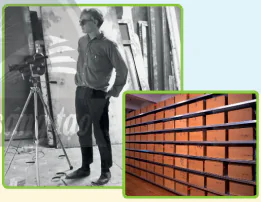
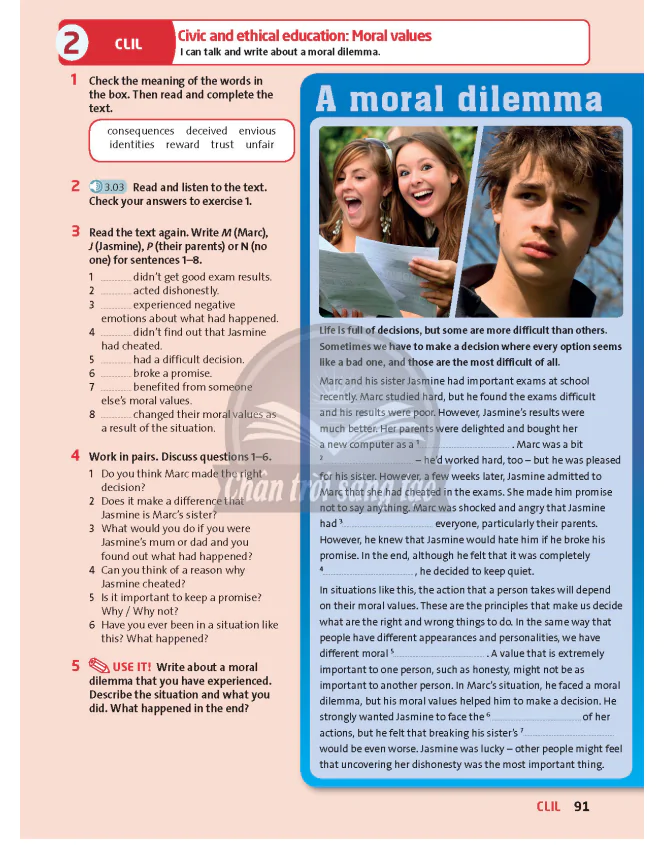
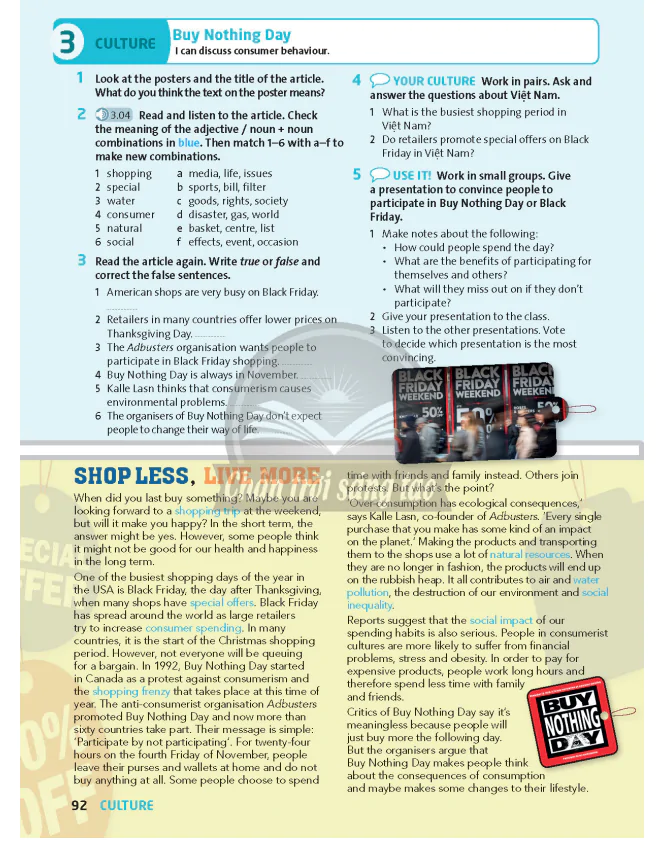

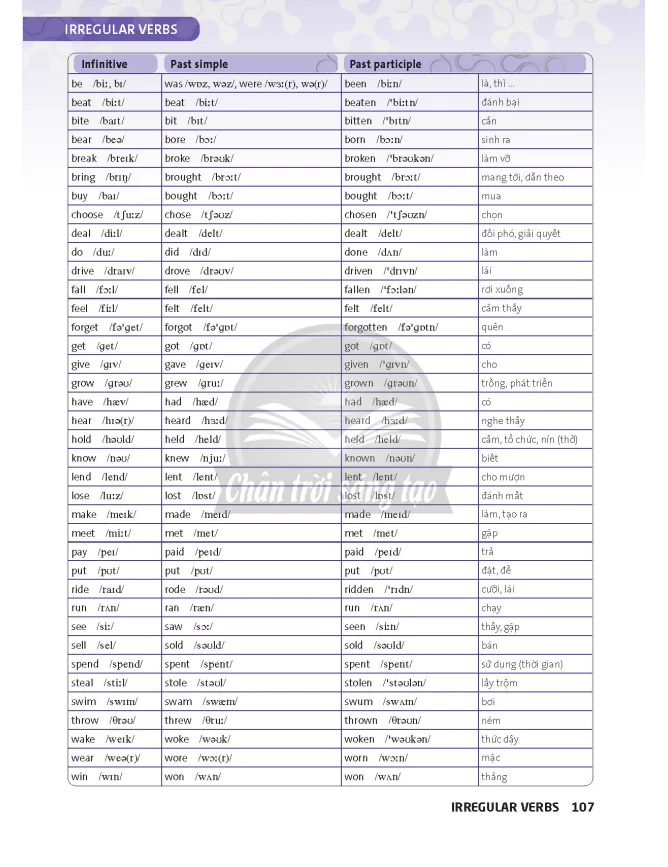


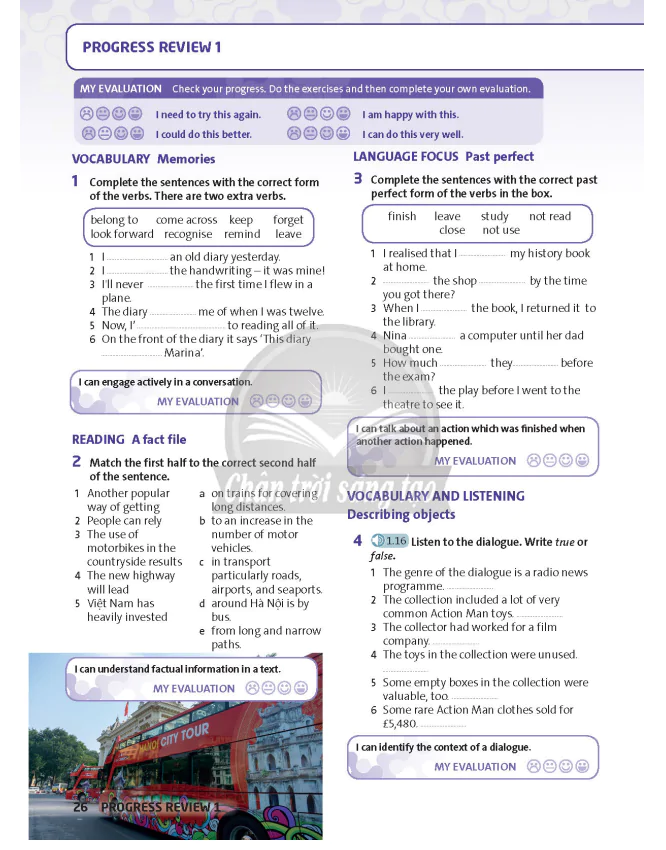


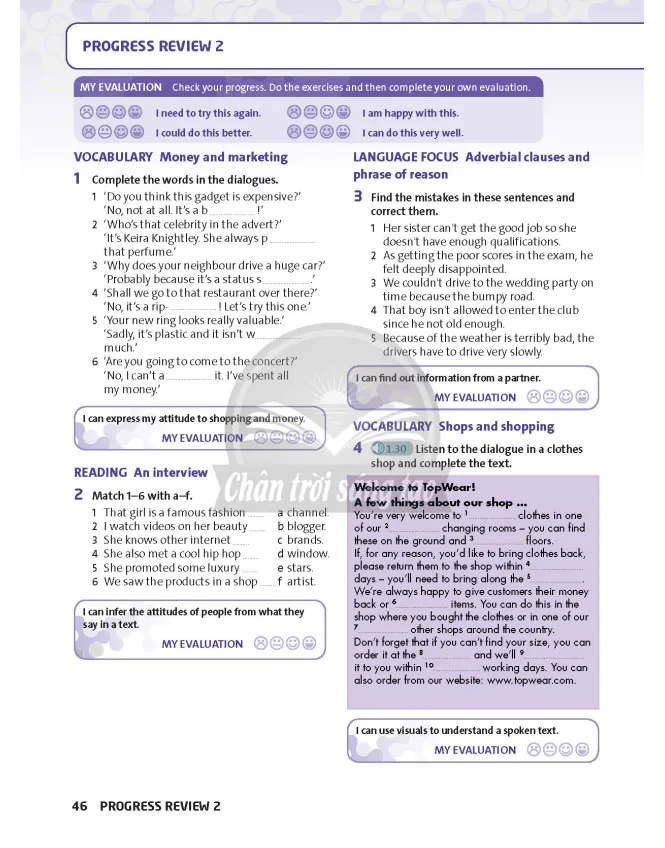
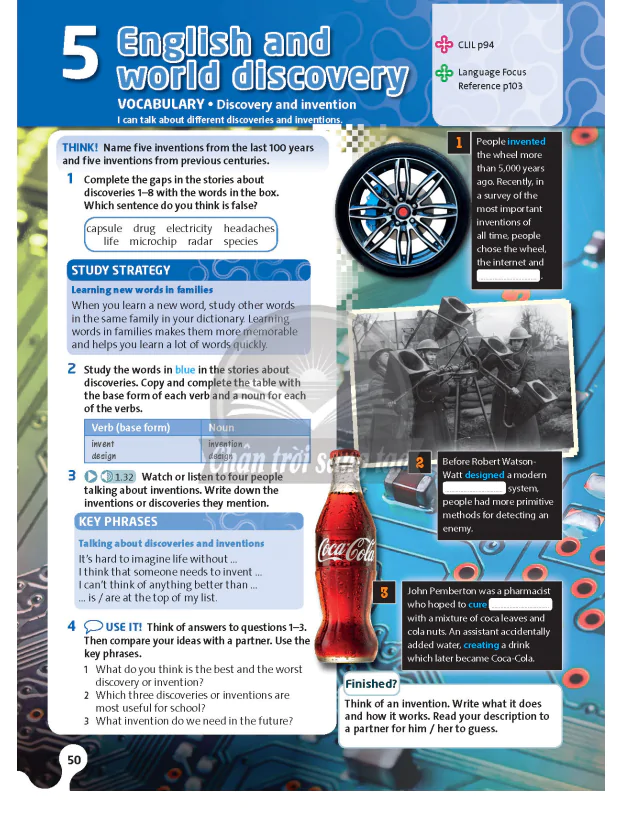
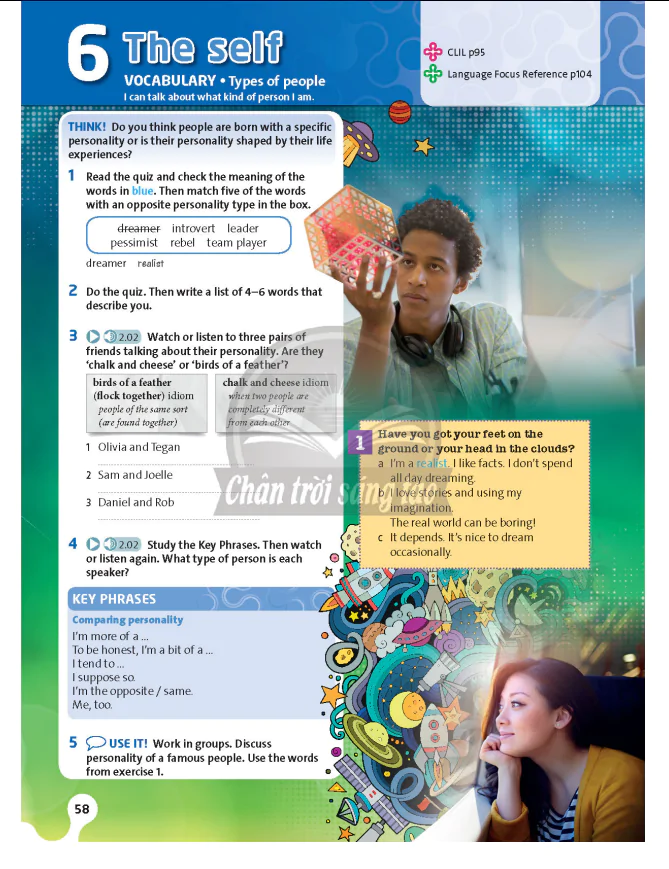
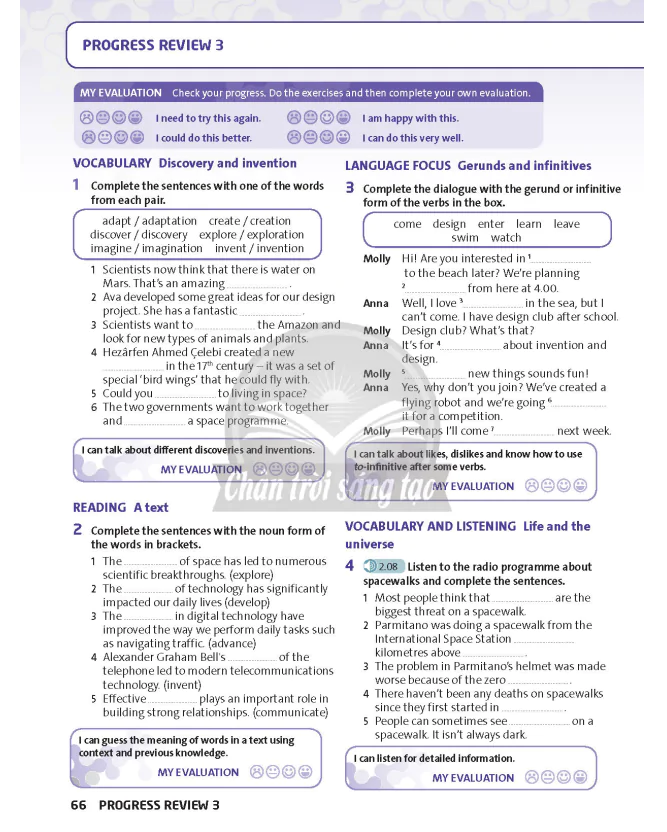
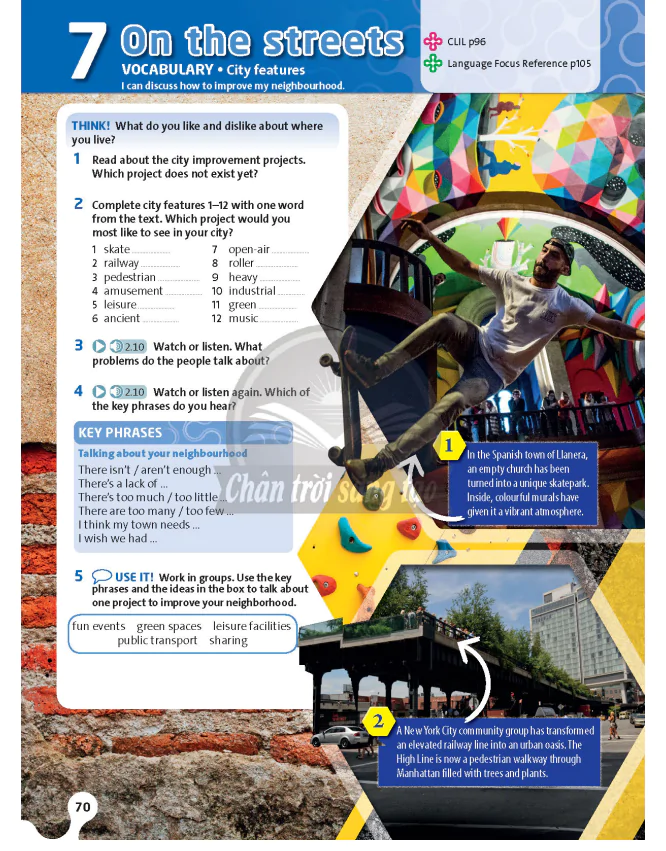

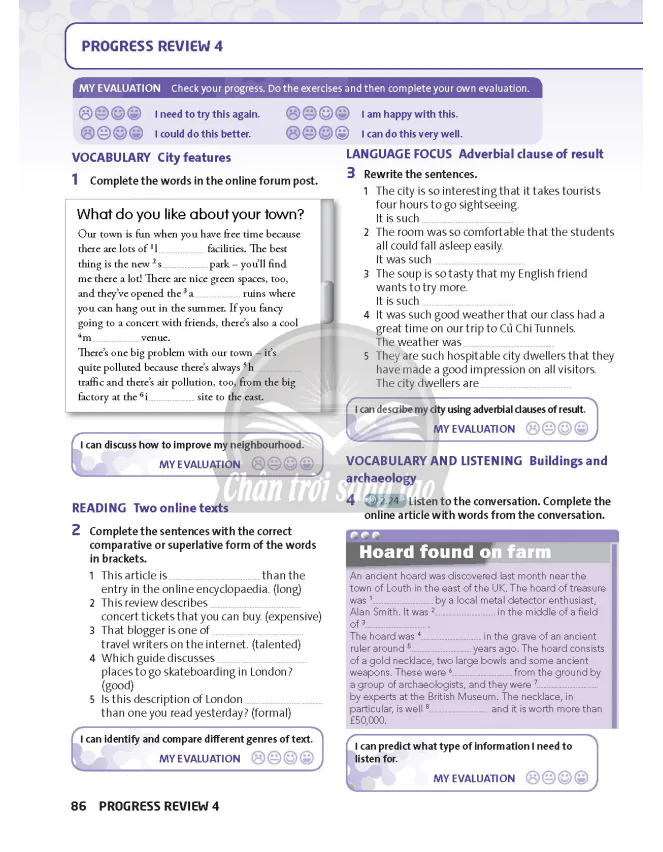



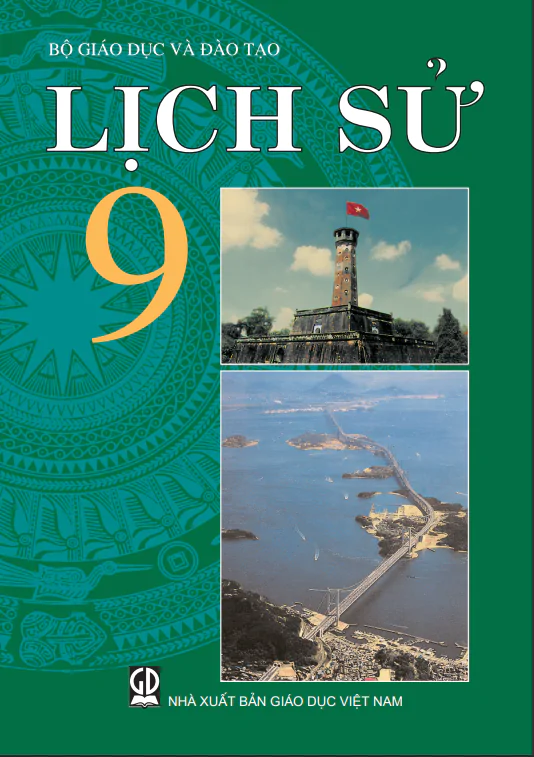
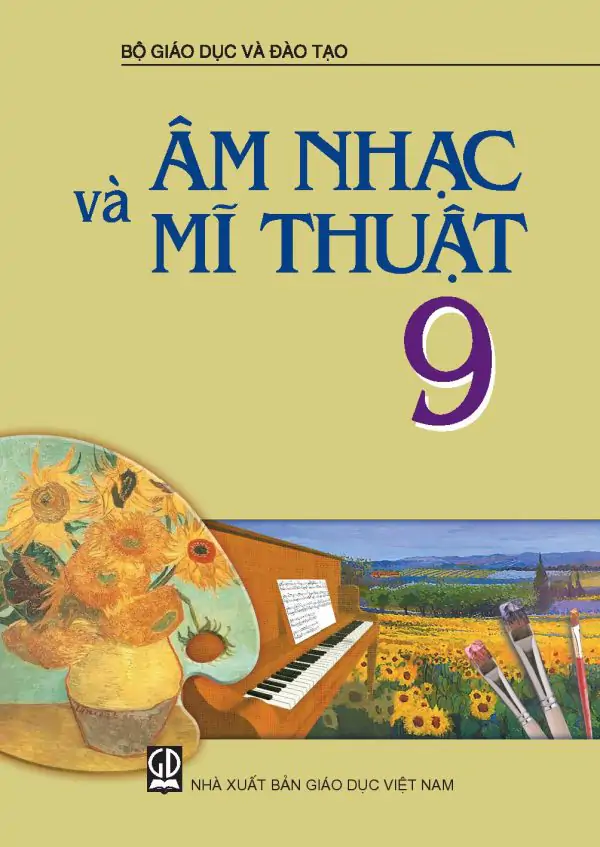


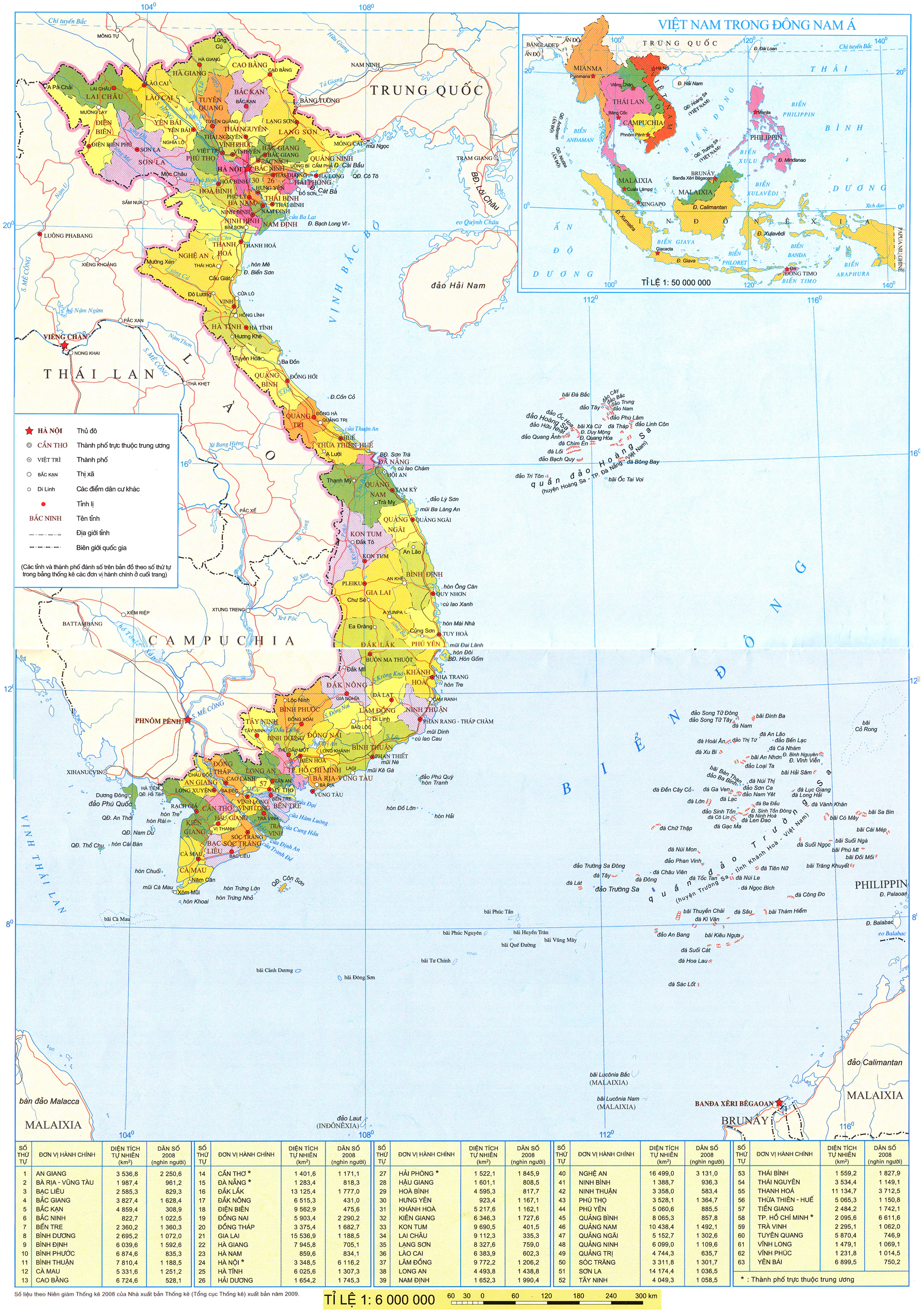
















Bình Luận
Để Lại Bình Luận Của Bạn